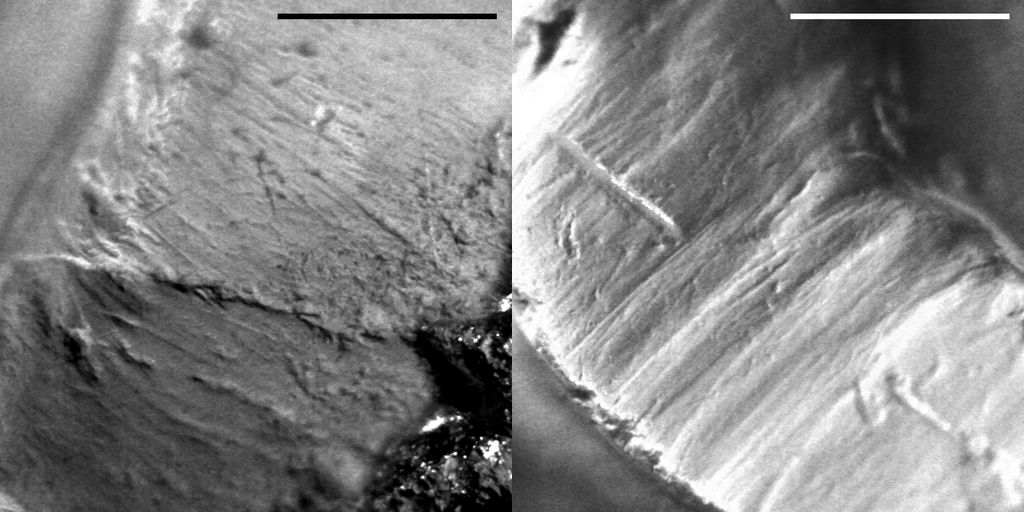
Pleistocene Mammal Teeth Reveal the Climate of the Past. Nutrition habits point to an increase in seasonality after the glaciation 900,000 years ago
The seasons, as we know them, did not always exist. This is the result of a new paleo-environmental study that analysed fossil teeth to reveal the eating habits of a diverse group of herbivores that lived during the Pleistocene, the period that was characterised by an increase in climactic seasonality following a long glaciation that took place 900,000 years ago.
The research, conducted in collaboration by the Department of Earth Sciences PaleoFactory and Museum Network at Sapienza, the Institut Català de Paleontologia Miquel Crusafont (ICP) and the University of Saragozza, has unveiled new information on the consequences of the great climactic changes undergone by terrestrial ecosystems on the European continent during the Quaternary, the Earth’s most recent geological period. The results have been published on Quaternary Science Reviews.
The researchers analysed the fossil teeth of various ungulate herbivores (i.e., cervids, bovids and equids) to reconstruct their eating habits in great detail, identify their habitats and understand the environmental transformations that took place during the Pleistocene. The fossils, which were unearthed from various levels at the site of Vallparadís Estació (Terrassa, in Catalonia), date back to a chronological interval ranging from 1 million to 600,000 years ago.
“The data that we obtained reveals a constant presence of relatively arid, open environments about one million years ago,” explains Flavia Strani, first author of the study, who just ended a PhD fellowship at Sapienza, “and more humid habitats about 860,000 years ago. The analysis of the microscopic traces left on the dental surfaces during mastication (dental microwear patterns) also points to the fact that a large number of mammals had a mixed seasonal diet right after the conclusion of the intense glacial period that affected the planet 900,000 years ago.”
In this scenario, the herbivore ungulates adapted by varying their eating habits to survive in hard times, even consuming plants that were not optimal for their usual diet.
The research also sheds light on the drastic increase in seasonality, a possible effect of the long glaciation that may have had a significant influence on the ecosystems of the Mediterranean Region, that periodically changed the quality of the plant resources available in the Region of Catalonia.
“These results,” explains Raffaele Sardella, Italian Coordinator of the study, “confirm the importance of studying the fossil record to understand the current and future climate variations that could influence the habitats and fauna present today in the Mediterranean.”
References:
The effects of the “0.9 Ma event” on the Mediterranean ecosystems during the Early-Middle Pleistocene Transition as revealed by dental wear patterns of fossil ungulates - Strani, F., DeMiguel, D., Alba, D. M., Moyà-Solà, S., Bellucci, L., Sardella, R., Madurell-Malapeira, J. - Quaternary Science Reviews 2019 210, 80–89. DOI: https://doi.org/10.1016/j.quascirev.2019.02.027
Further information
Raffaele Sardella
Department of Earth Sciences, Sapienza University of Rome
raffaele.sardella@uniroma1.it
Flavia Strani
Department of Earth Sciences, Sapienza University of Rome
flavia.strani@uniroma1.it
